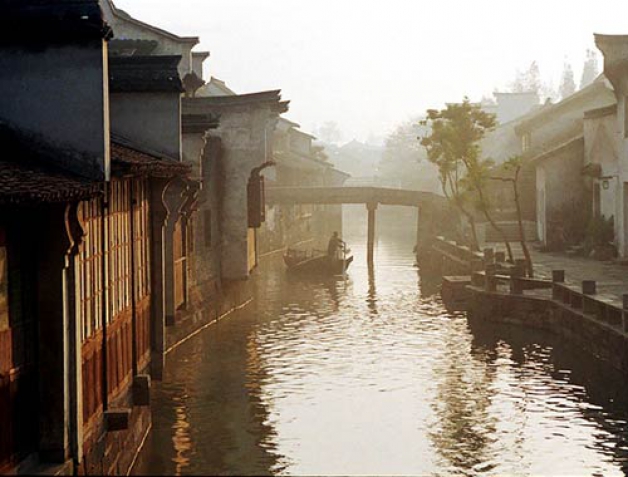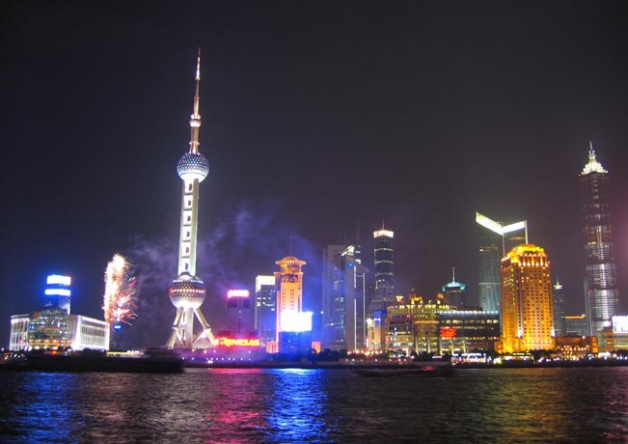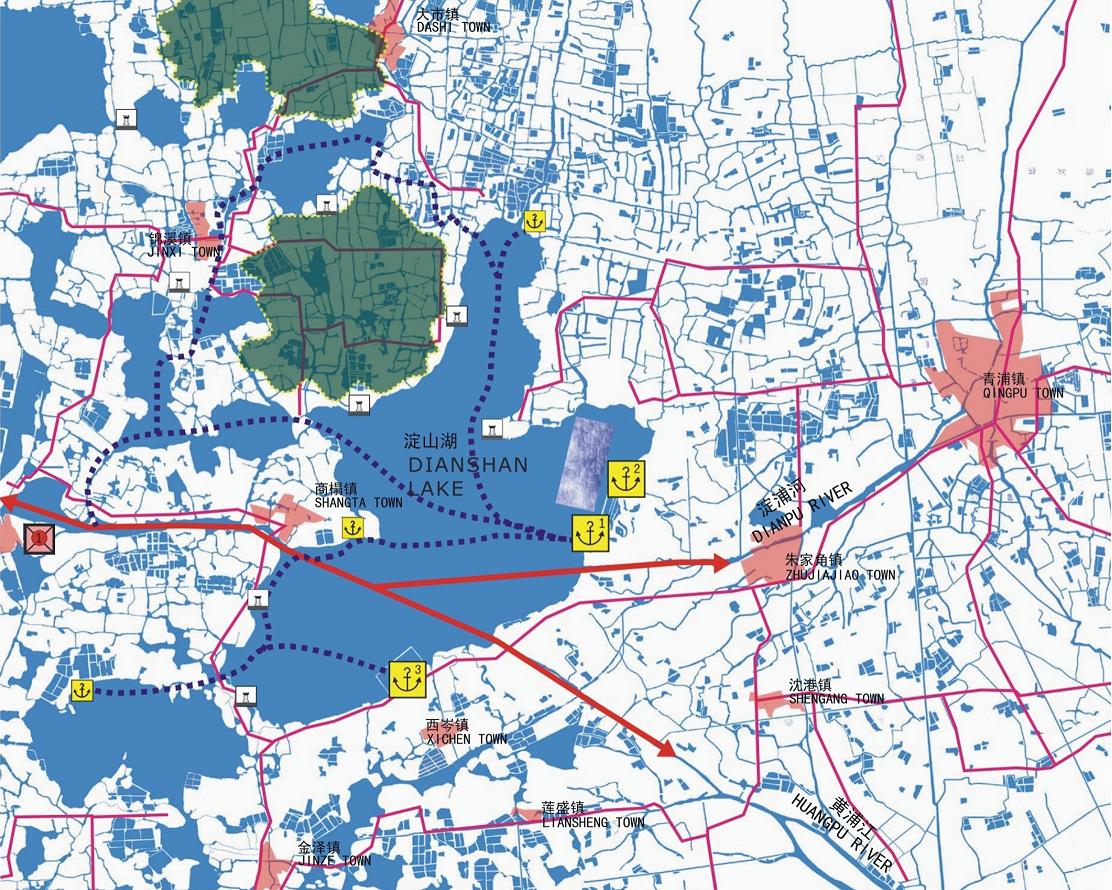Deltas, coasts, rivers and even the smallest mountain streams are often the original source of urban and rural development. In Asia, most large metropolitan cities like Shanghai, Dalian, Chongqing, Suzhou, Jakarta, and Seoul have been developed along water systems that penetrate deep into the mainland. These waterways have been used for transportation, agriculture, and exploitation of natural resources for centuries, becoming the lifeline for settlement. In Asia, water has always been considered to be one of the key elements of nature, to be respected, used, and enjoyed as part of the landscape. A place designed to create harmony between architecture and nature. Waterfronts NL's participants have come to understand, however, that despite its rich relationship with water, considering water as a recreational asset has never been a strong tradition in Asia. ![]()

Due to modernization, increased travel, and new global communication networks, local attitudes towards water are changing in China. This new perspective includes embracing the waterfront as a modern iconic urban place, for land-based and water-based recreational activities. Over the last 10 years, Asia has rapidly expanded its marina networks, marinas, waterfronts, and water cruise tourism industries. Many city planners and governments are being inspired by internationally renowned waterfronts, often hoping to replicate these successful places within their own cities. However, any good place-making professional understands the challenge of creating an idealised waterfront project that not only fits into the local urban context, but also suits the local market and changing water culture. 
In Shanghai, the local government has a vision to transform this metropolis at the mouth of the mighty Yangtze River Delta into the waterfront and yachting capital of Asia. Its ambitious Waterfront Development Plan was released in 2002, calling for the transformation of warehouses and wharf facilities along the Huangpu River into office, commercial, residential, and natural areas.
Our participants have been very active in Shanghai over the last 10 years. Already in 2003 Royal HaskoningDHV and WA Yachting Consultants worked together on the Shanghai Yachting Industry Master Development Plan.
Bordered by the East China Sea, surrounded by a series of lakes in the west, and criss-crossed by rivers and canals, Shanghai is ideally situated to connect its metropolitan image with recreational-leisure uses of water and make Shanghai a major waterfront metropolis in East Asia. The Shanghai Yachting Industry Master Development Plan covers a global overview of the yachting industry, an analysis of opportunities for Shanghai, potential routing networks, the design of major urban nodes, as well as an implementation plan with clearly indicated phasing which considers the region's future development along with its coastal and delta ecology. The Master Development Plan identifies five different Water Districts in the Shanghai Delta Area, based on detailed studies of Shanghai's differentiated water structure, and provides detailed design plans for each development area. This project was undertaken in cooperation with DHV Environment and Infrastructure, WA Yachting Consultants, KuiperCompagnons, Ecorys, the Port of Rotterdam, the DHV Shanghai Representative Office and the Tongji Urban Planning and Design Institute of Shanghai.![]()

